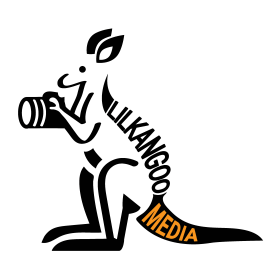ISO
The first camera setting to consider is ISO. ISO determines how sensitive your camera is to light. In a low-light environment like a concert, you'll need to use a higher ISO setting to allow more light to enter the camera. However keep in mind that higher ISO can also create more digital noise, which can impact the overall quality of the image. Our recommended ISO range for concert photography is between 800-3200, depending on the available lighting.
Aperture
Next up is aperture which controls the amount of light that enters the camera. A larger aperture allows more light to enter, which is necessary in low-light environments. We recommend using a wide aperture of f/2.8 or wider to let in as much light as possible. This will also create a shallow depth of field, which can help to isolate the subject & create a professional-looking image.
Shutter Speed
Shutter speed is the amount of time that the camera's shutter stays open. In concert photography, you'll want to use a faster shutter speed to capture the fast-paced movements of the performers. A faster shutter speed will also help to prevent motion blur, which can ruin an otherwise great shot. We suggest starting with a shutter speed of at least 1/125th of a second & adjusting as needed.
Focus
In order to get the best images of concerts the focus must be just correct. It's critical to utilise the optimal focus mode since the low light conditions might make it challenging for the camera to achieve accurate focus. To make sure the camera focuses on the performer & not the background, we advise selecting the single-point focus option. Additionally be careful to manually alter the focus if required to guarantee that the performance is in great focus.
White Balance
White balance is the camera setting that ensures accurate colour reproduction in your images. In a concert environment the stage lighting can create unusual colour casts, making it difficult to achieve the right white balance. We suggest setting the white balance manually to ensure the most accurate colours possible.
RAW
Finally we highly recommend shooting in RAW format. RAW files capture more detail and information than JPEG files, which can be beneficial when editing your images after the concert. RAW files also allow you to adjust white balance & exposure in post-processing without sacrificing image quality.

